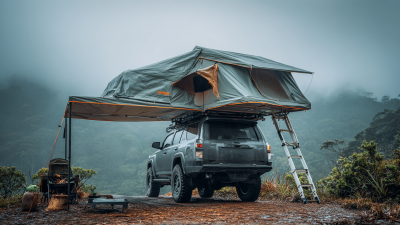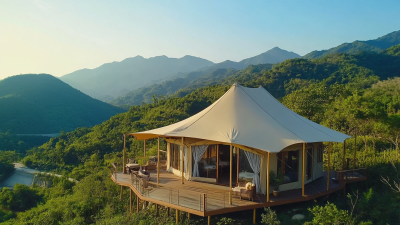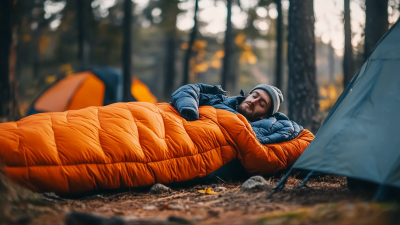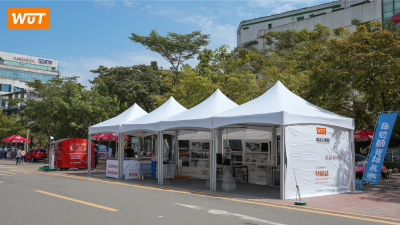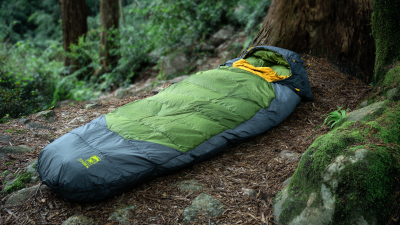Leave Your Message
- E-mail
- Whatsapp
When embarking on outdoor adventures, especially during hiking trips, one of the most crucial pieces of gear you'll need is a quality hiking sleeping bag. Choosing the right hiking sleeping bag is essential to ensure a restful night’s sleep, enabling you to recharge for the challenging trails that lie ahead. With a myriad of options available, understanding the different types, features, and temperature ratings can feel overwhelming. This blog aims to guide you through the process of selecting the perfect hiking sleeping bag tailored to your specific needs and preferences. Whether you're a seasoned backpacker or a weekend warrior, the right sleeping bag can enhance your outdoor experience, providing comfort and warmth in diverse environments. So, let’s dive into the essential factors to consider when finding the ideal hiking sleeping bag for your next adventure.
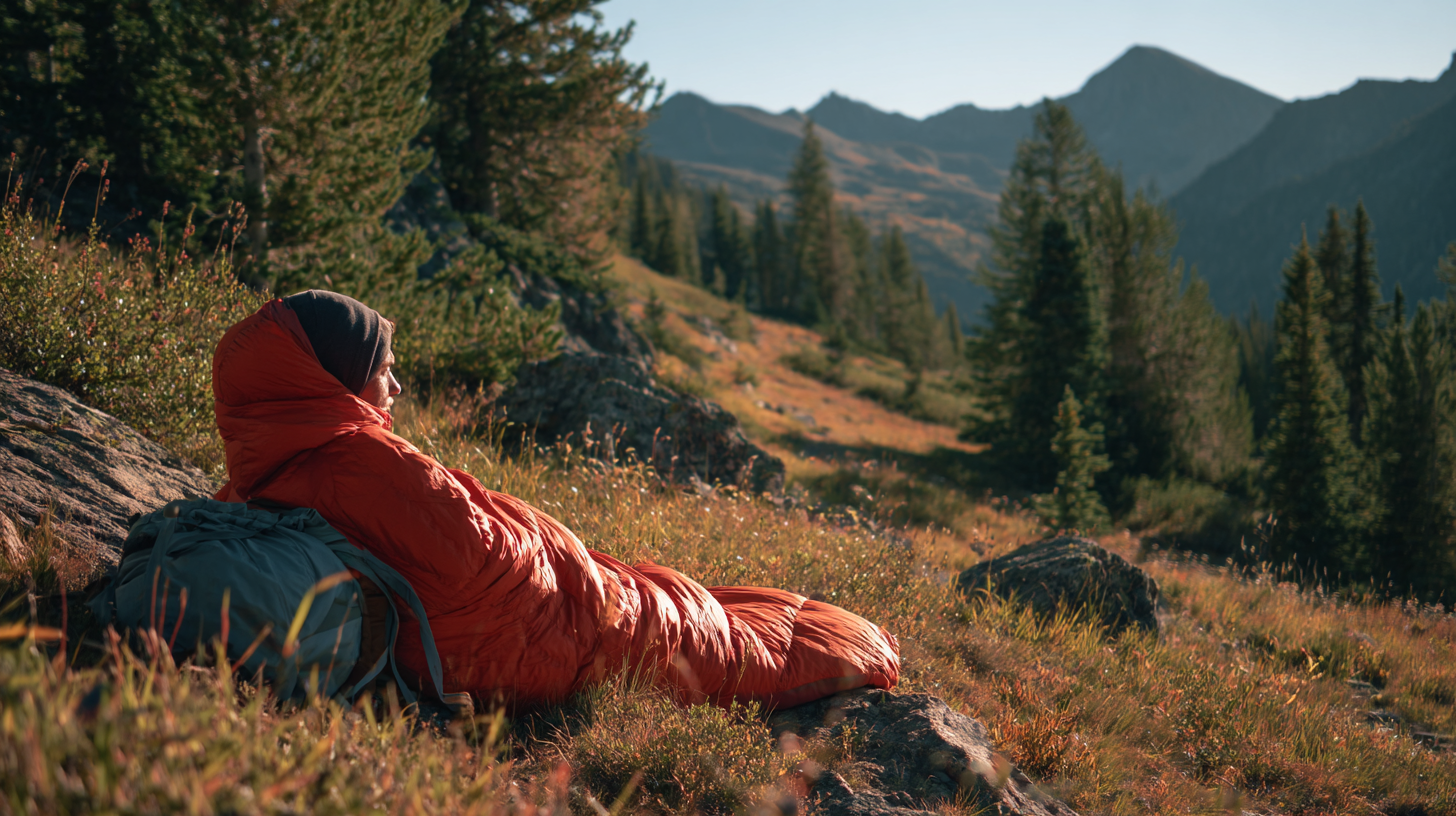
When selecting a hiking sleeping bag, it's crucial to consider several essential features that significantly impact your comfort and warmth during outdoor adventures. One of the most important aspects is the insulation type. According to the Outdoor Industry Association, approximately 60% of hikers prefer down insulation due to its superior warmth-to-weight ratio and compressibility. However, synthetic insulation, favored by 40% of hikers, offers better performance in damp conditions and is easier to care for.
Temperature rating is another key factor, as sleeping bags come with various ratings indicating the lowest temperature at which they can keep you comfortable. The American Hiking Society suggests choosing a sleeping bag rated for temperatures lower than what you expect to encounter, allowing for safety and comfort in unexpected weather changes. Additionally, features like draft collars, hoods, and zippers should not be overlooked, as they help retain heat. Industry experts recommend bags with a draft collar, which can prevent heat loss around the neck area, ensuring a cozy night's sleep under the stars.
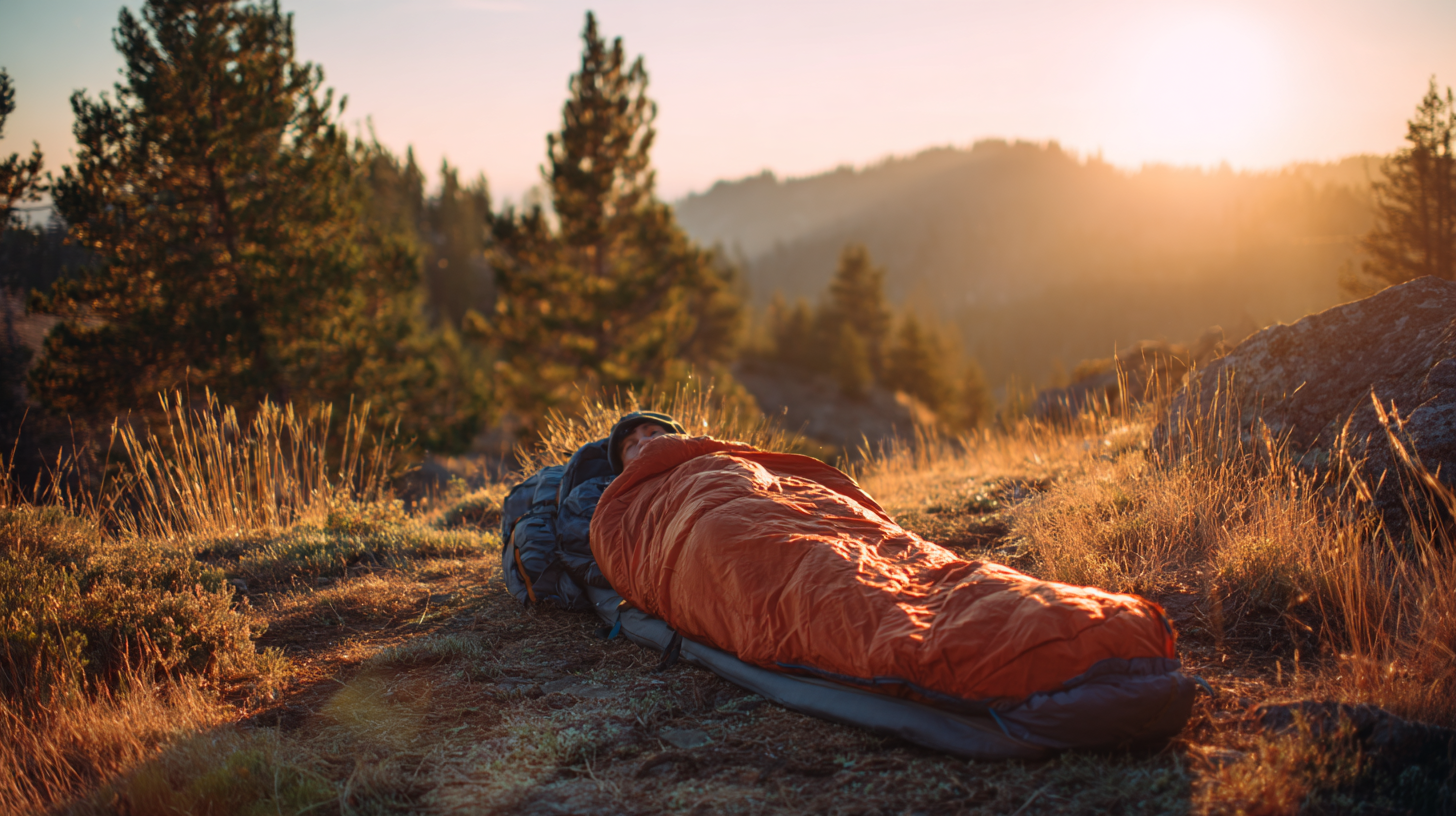 When it comes to selecting the perfect hiking sleeping bag, understanding temperature ratings is crucial to ensure you stay warm and comfortable during your outdoor adventures. Sleeping bag ratings often include three key figures: the upper limit, comfort, and lower limit. The upper limit indicates the maximum temperature at which the bag will keep you cool while sleeping, while the comfort rating reflects the temperature where the average sleeper can rest comfortably. The lower limit rating, on the other hand, reveals the minimum temperature at which a person is expected to survive, though it may not guarantee a restful night’s sleep.
When it comes to selecting the perfect hiking sleeping bag, understanding temperature ratings is crucial to ensure you stay warm and comfortable during your outdoor adventures. Sleeping bag ratings often include three key figures: the upper limit, comfort, and lower limit. The upper limit indicates the maximum temperature at which the bag will keep you cool while sleeping, while the comfort rating reflects the temperature where the average sleeper can rest comfortably. The lower limit rating, on the other hand, reveals the minimum temperature at which a person is expected to survive, though it may not guarantee a restful night’s sleep.
Choosing a sleeping bag with the right temperature rating involves considering the expected weather conditions of your adventure. For instance, if you anticipate warmer nights, a sleeping bag with a higher comfort rating is advisable. However, for cooler climates or high-altitude hikes, opt for bags with lower limit ratings that provide better insulation. Additionally, materials and bag construction play pivotal roles; down insulation offers excellent warmth-to-weight ratio for chilly hikes, while synthetic materials are often more affordable and perform better in damp conditions. Tailoring your choice based on temperature ratings can significantly enhance your overall camping experience.
When choosing the perfect hiking sleeping bag, understanding the materials and insulation types is crucial for an enjoyable outdoor experience. The market offers a variety of insulation types, including down and synthetic options.
Down insulation is known for its excellent warmth-to-weight ratio and packability, making it a favorite among backpackers. However, it loses its insulating properties when wet, which is a significant consideration if you expect wet conditions. Synthetic insulation, on the other hand, performs better in damp environments and is easier to maintain, making it a reliable choice for those new to hiking.
Tips: When selecting your sleeping bag, consider the temperature rating based on your hiking season. For instance, a summer sleeping bag typically ranges from 35°F to 50°F, while winter bags may be rated down to 0°F or lower. Additionally, look for features like water-resistant materials and draft collars, which can enhance comfort and heat retention.
Recent industry reports indicate that effective insulation can significantly impact not only comfort but also energy efficiency. With proper sleeping bag insulation, you could potentially reduce your overall gear weight by up to 15%, allowing you to carry more essential items during your hike. Remember to test different bags in retail environments to find the best fit for your needs, ensuring a comfortable night’s sleep under the stars.
When it comes to choosing a hiking sleeping bag, understanding the various shapes and sizes is essential for achieving optimal comfort and warmth. A report by Outdoor Industry Association indicates that about 40% of campers feel their sleeping bags do not meet their size and shape needs effectively. Rectangular bags are popular for their spaciousness, making them ideal for car camping, while mummy-shaped bags offer the best thermal efficiency for those seeking lightweight options for backpacking. The choice often comes down to your specific adventure type.
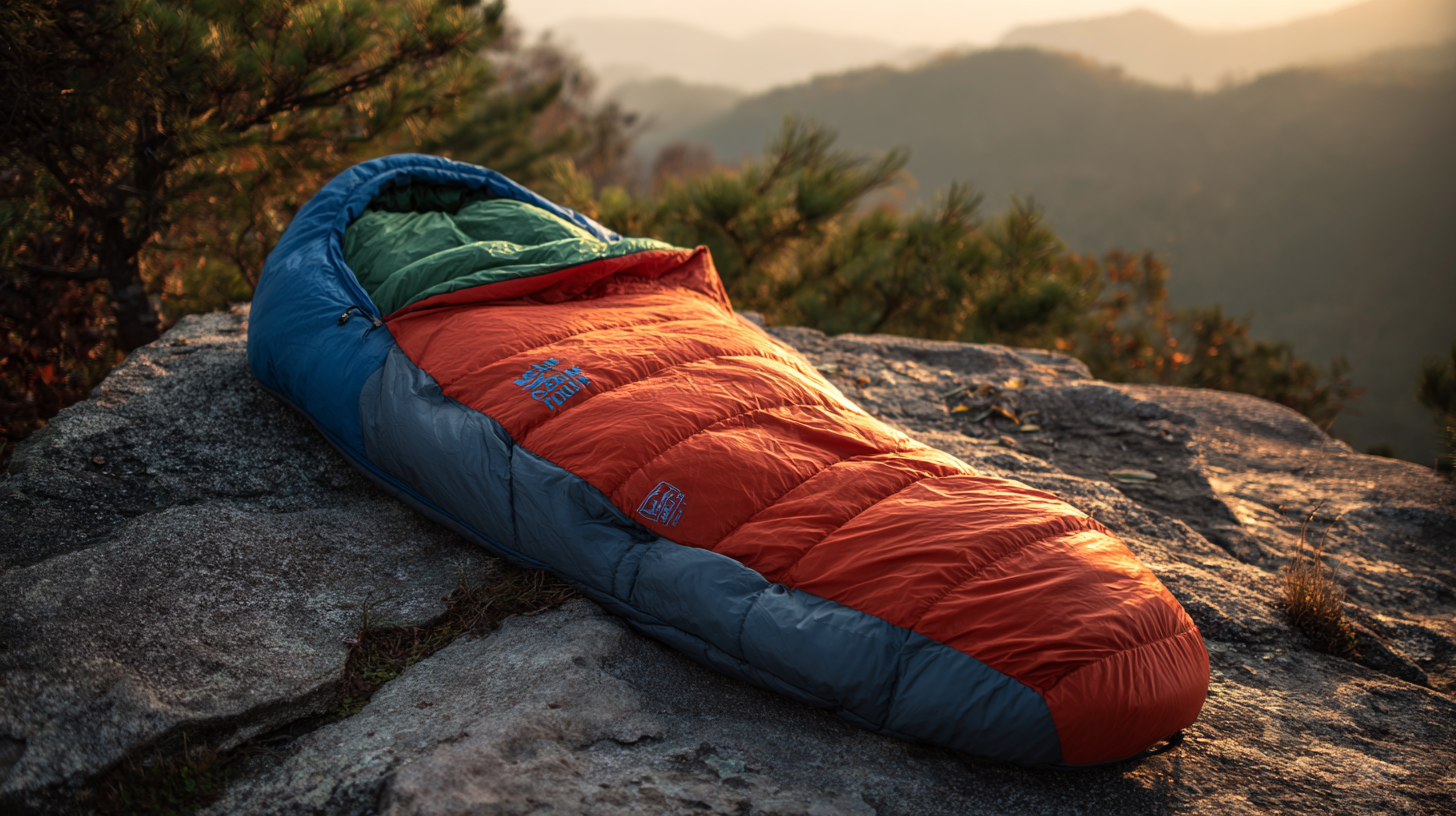
To ensure you find the perfect fit, consider these tips:
First, pay attention to the sleeping bag's dimensions, ideally allowing for an extra inch or two in width and length to accommodate personal sleeping positions.
Second, evaluate the temperature ratings provided by manufacturers, as bags with insufficient insulation can lead to sleepless nights.
Lastly, don't overlook the importance of a draft collar to keep the cold air out, especially in variable weather conditions.
Finding the right sleeping bag shape and size can significantly enhance your outdoor experience. With a bit of research and these practical tips, you're well on your way to enjoying restful nights under the stars, fully prepared for an adventure in nature.
When selecting a hiking sleeping bag, the balance between budget and quality is crucial for a satisfactory outdoor experience. Many casual hikers often lean towards cheaper options, assuming they can save money without sacrificing much comfort. However, investing in a quality sleeping bag can significantly enhance your rest during camping trips, ultimately improving performance on the trails. Higher-priced bags typically feature better insulation materials, more effective moisture-wicking properties, and improved durability, ensuring warmth and protection in varying weather conditions.
Moreover, it’s essential to consider long-term value in your decision-making process. A high-quality sleeping bag might come with a higher upfront cost, but it can last for years, making it a cost-effective choice in the long run. Brands that focus on craftsmanship often provide warranties or satisfaction guarantees, adding another layer of assurance. Weighing immediate savings against the potential for discomfort and replacements will help you make an informed decision that aligns with your hiking frequency and intensity, allowing for enjoyable outdoor adventures without compromise.

